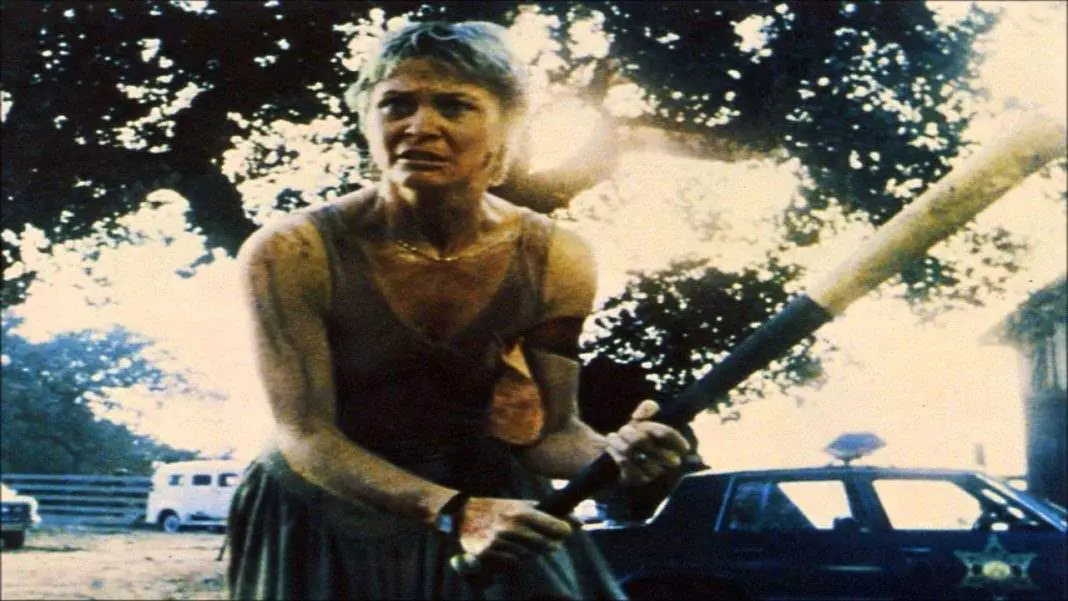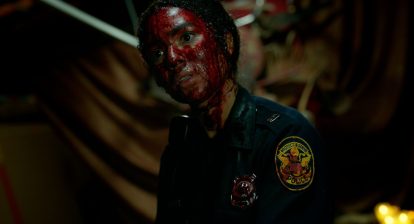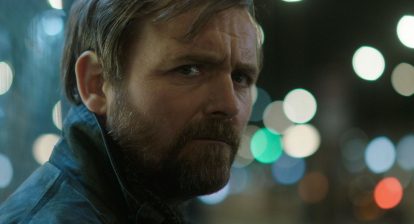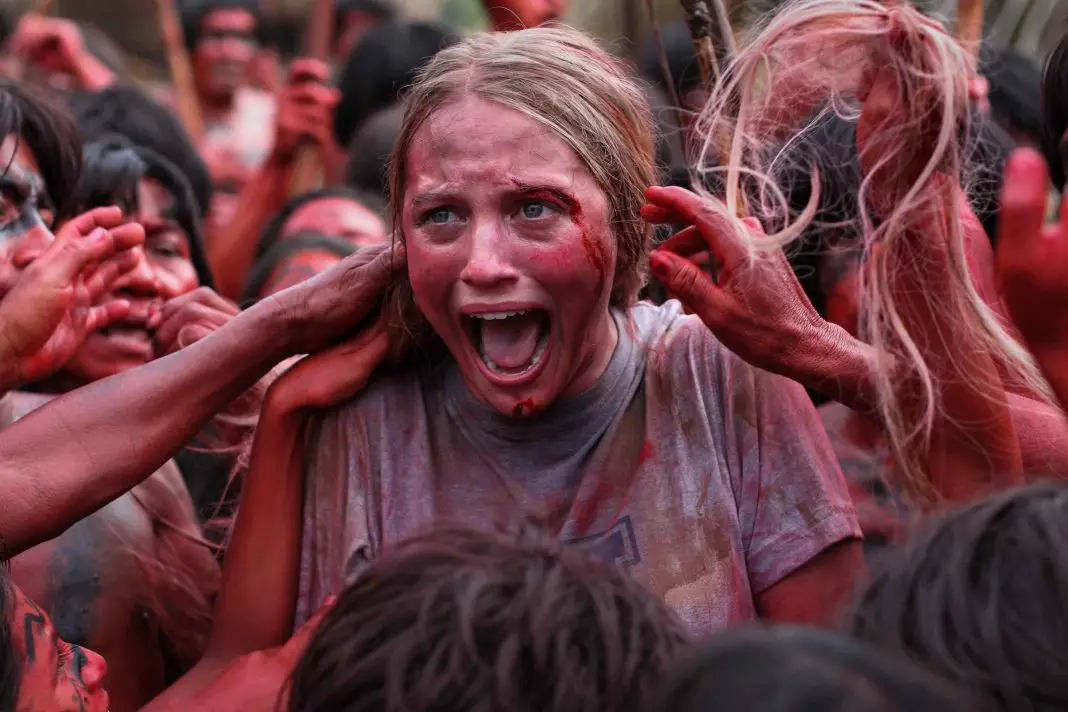Welcome to Back to the ’80s. This recurring feature aims to take a look at the good, the bad, and the ugly from horror’s most beloved decade. Regardless of which category a particular film falls under, this segment will spotlight films that horror fans can appreciate for one reason or another. We will look at how some of these flicks have stood the test of time and others have not aged quite so well. Regardless of what they look like today, these efforts from the 1980s laid the groundwork for the horror genre as we know it today.
Cujo is a nostalgic film for me. I first watched it when I was about four years old. I am fairly certain that my parents thought they had put in Benji because they left me alone in the room for the bulk of the movie. Oddly enough, I do not remember feeling afraid while watching it as a child. That is not to suggest that this movie is without its scary moments. In fact, as far as well-crafted scares go, Cujo delivers. As the film advanced, what I felt was a thrill that I was watching something dark and above my age level. Eventually, my mom came to check on me and immediately shut it off. It was not until years later that I finally was able to finish what I believe to be one of Stephen King’s finest adaptations.
The 1983 feature focuses on two New England families during a particularly hot summer. A juxtaposition is made between the Trentons and the Cambers in order to examine class differences. The similarities are that both have an only child and obvious marital issues. The major contrast in examining the two families is income. The Trentons are well off as Vic works for an advertising firm with a successful line of commercials geared towards breakfast cereal. Joe Camber is a mechanic that works out of his barn. He is fair with his prices and is not as wealthy. In terms of class differences, a Ford Pinto bridges the gap between the two families. Interestingly enough, in the 1980s, the potential danger of driving a Pinto was an example of white collar crime. There is one more significant difference between the two families. The Cambers have a Saint Bernard named Cujo.

Cujo is a good dog that is great with kids. He has an unfortunate run in with a colony of bats in the opening sequence. This random encounter leads to the poor dog suffering a rabid bite. As Cujo’s health begins to deteriorate, a series of events are set into motion that will forever effect the Trentons and the Cambers. After the opening scene, the focus shifts to the Trentons and their problems with nightmares, work disasters, and car trouble. The main issue comes with the outing of the matriarch’s affair. Donna acts out of desperation. She clearly regrets her decision and there are definite consequences. She also owns up to her actions and is the one to end the affair.
Dee Wallace delivers a tour-de-force performance as Donna. With each scene, she allows the audience to scratch under the surface to discover a new facet to the character. She begins as a meek and caring mother. Then she is quietly observing with a nervous energy. As she finally begins to stand up for herself and her actions, she becomes louder. She runs the gauntlet of emotions until finally emerging as a warrior forced to do battle. This is a performance that feminist scholars should not overlook even if at the time most mainstream award ceremonies did.
Donna is a woman trying to submit to the requirements and norms of a patriarchal society as a wife and mother. She begins to lose her sense of self and it is this disappearance that leads her down a path of adultery. She is surrounded by males seeking to dominate her in one way or another. This oppressive male energy is manifested ultimately in the rabid dog version of Cujo. Her supreme frustration occurs when she has risked her life and yet her son still cries out for his father. She screams, “Alright, I’ll get your daddy!” Donna must become her own hero in order to save her own life as well as the life of her child. Any potential hero of the male sex is either unsuccessful or arrives too late. Accepting her fate, she faces her fear and all male oppression with a resolved “Well, come on then!”

Danny Pintauro also garners quite a few remarkable moments for a child actor. He has an uncanny sense of what is required. The audience forgets that this terrified little kid is only acting. The years following his being a series regular on Who’s the Boss? reveal that the young actor had no lasting trauma. Even still, watching this young actor take the character of Tad Trenton into such dark places is unsettling.
The film streamlines certain parts of the novel’s subplot. Otherwise, it is a close adaptation that is mostly faithful to its source. There is a significant alteration to the ending of the story when translated from book to screen. Without giving away any specific spoilers, the film does come to an abrupt end. I would normally find this type of ending to be completely frustrating. In this case, a welcome exception is to be made. The film chooses to abandon King’s original somber ending and elects to end on a more hopeful note. The novel has a bleak turn of events leading to an epilogue summing up the fates of the characters. The film exchanges the need for an epilogue in order to save a life. The final shot is then used to show symbolically where the characters will end up from there.
The works of Stephen King are truly successful because of character development. Cujo is a well-crafted film that is divided into two parts. The first half of the picture is set up as a family drama. As the drama unfolds, the rest of the feature is structured so as to leave no distracting plot holes. The development of the drama amongst the two families is what allows the viewer to become invested in the second half. This is not the kind of horror film with thrills every few minutes. The suspense is gradual until everything comes to a head halfway in. Once this point is reached, Cujo grabs the viewer in its jaws and does not let go.
Even more brilliant on the subconscious part of King is the way in which this story could work today. Contemporary audiences might find the lack of cell phones a distraction in terms of Cujo being a product of its time. However, the setting of a house in the back country could well lead to a person being without a cell phone signal. With the exception of hair style and a Ford Pinto, the film holds up well. In addition to a performance worth watching alone by Dee Wallace, the film is suspenseful, gory, and contains at least one guaranteed jump-out-of-your-seat moment. And is one of this writer’s favorite movies.







